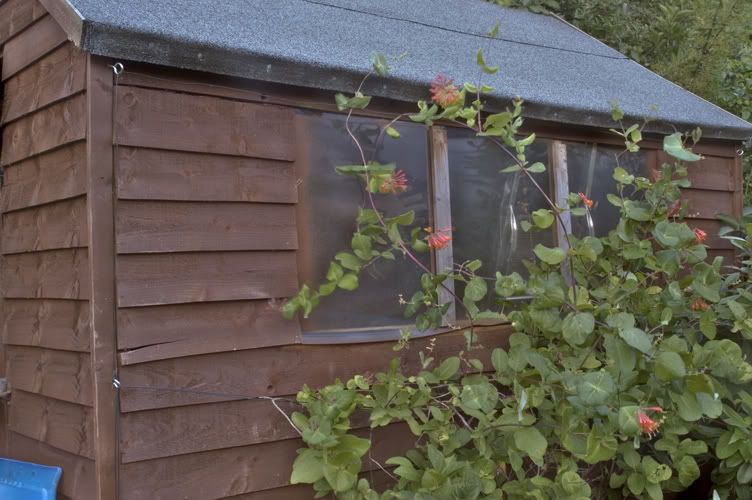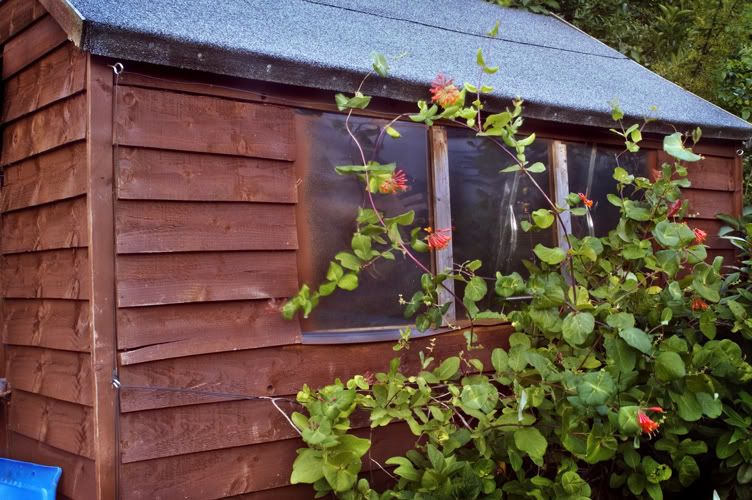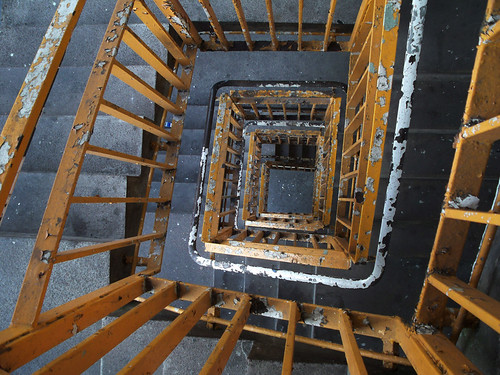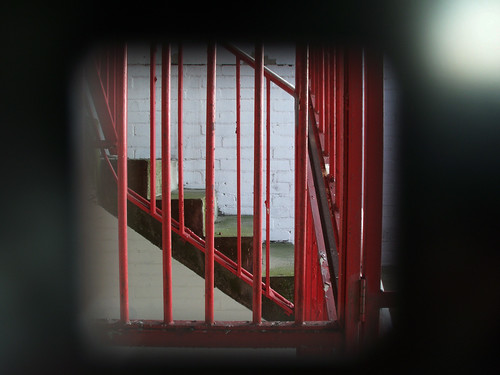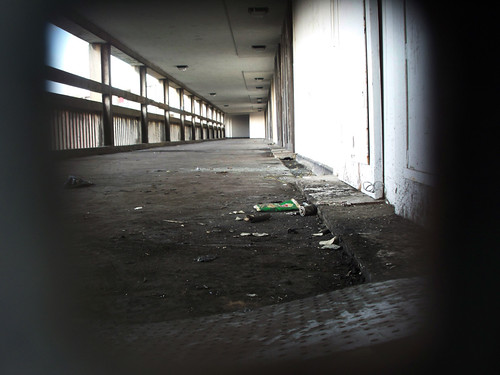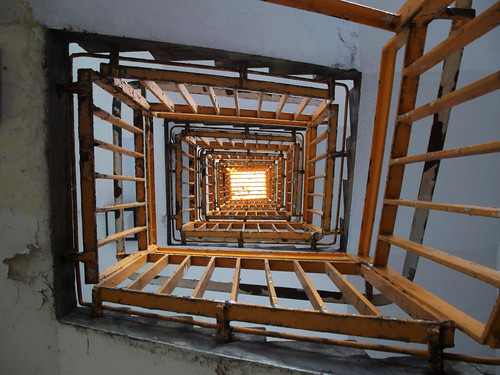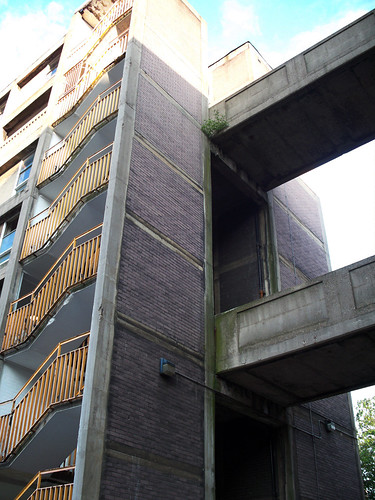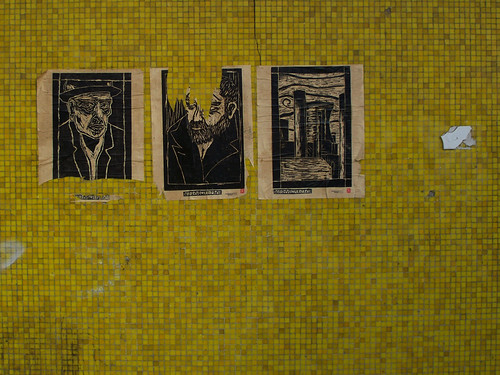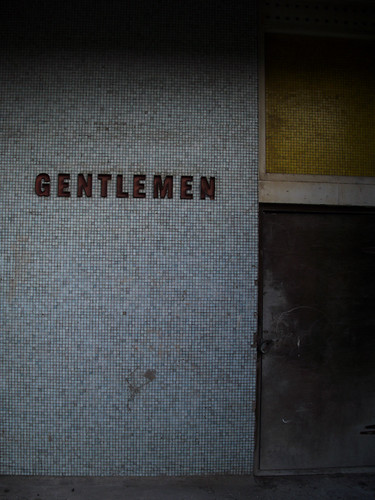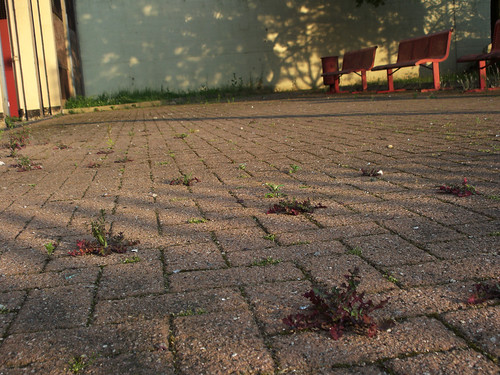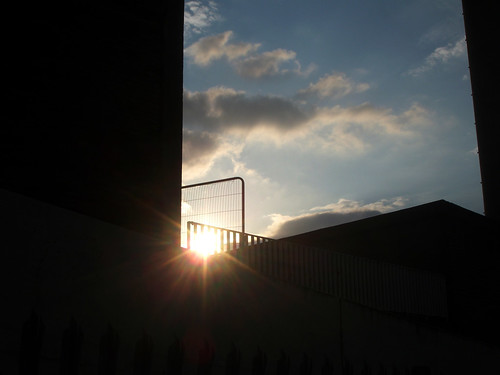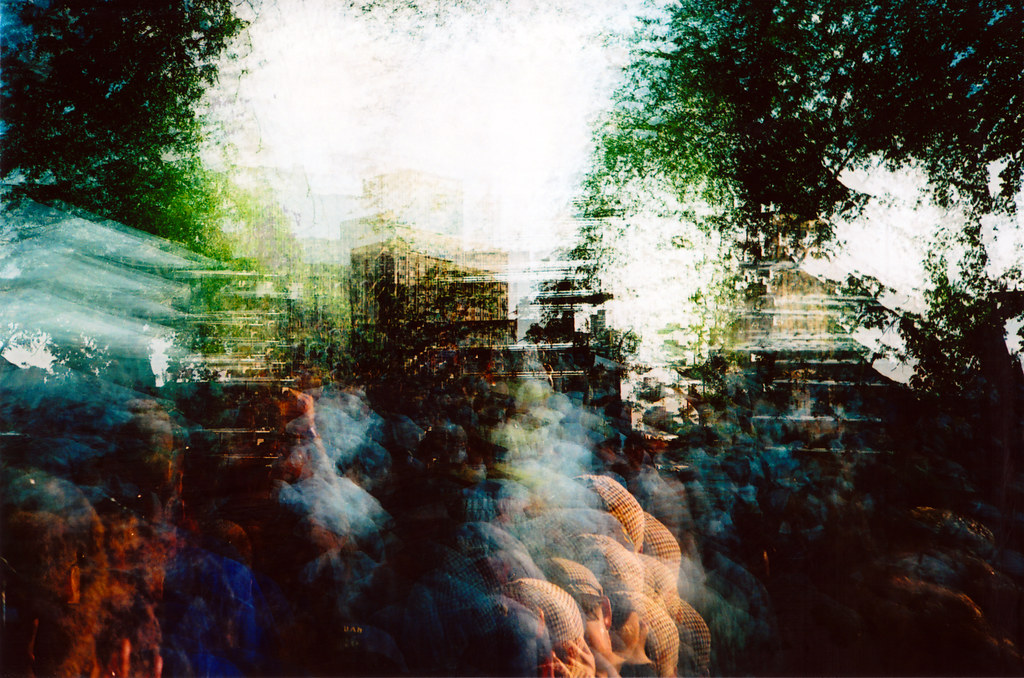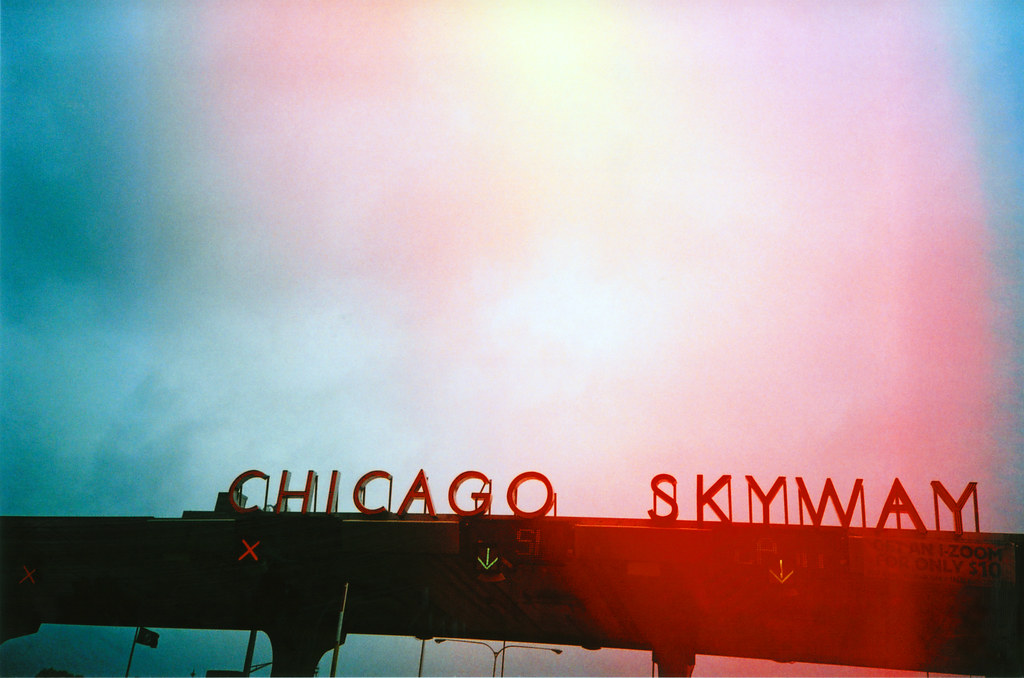A bit OT but here's a quick fstop question for you.
When I switched to my d300 from my d70s I noticed that it was much less sensitive to light, I knew it would happen since it's basically the same size sensor just crammed with more mega pixels but now I'm having to use higher fstops like f5 (which is almost wide open on my main zoom). To me f8 seems to be the sharpest on my main lens, but would using f7.1 really be a big difference? I've really not been able to work with the camera as much as I'd like, and some of you are way more experienced with this than I. Just wanted to know what your thoughts are.
My fellow wedding photographer made the very same camera jump as you did a month ago and hasn't looked back.
F5 lets in more light than F8. Higher Number = Higher Fstop. F7 will be similar to F8 or F6 in sharpness. The changes will be minor but they do exist.
The sharpness delivered by your fstop will depend on the lens.
The best way to find out just how sharp your lens performs is to run some tests!
- A very easy test is to tap on 1-4 dollar bills on to wall. Make sure you have plenty of light. Due to the risk of using slow shutter speeds, performing this test outside is best. Make sure that the sun is directly over head or behind you or you may have lens flare which will distort your results.
- Put your camera on a tripod
- Frame the dollar bill(s) up so that they fill the frame. Make sure you are not too close to your subject or you will not be able to obtain a focus lock.
- If you are using a prime lens (does not zoom) you can skip this step:
- Start with your widest angle and make your way to your furthest zoom. Example: On a 70-200mm you would start with 70mm, complete the test and then move onto 100mm, 135mm, 150mm, 200mm.
- Once you have picked your focal length, push for a high shutter speed. 1/400 of a second or higher should be fine. If you are testing a 300mm lens you may wish to using a higher shutter speed to counter any vibrations obtained from your shutter.
- Set your camera on a timer and use mirror lock if you have the feature. Mirror lock will wait a second or two before taking the shot. This further reduces vibration which can cause your images to become less sharp. Stability is key, landscape photographers know and practice this because they want to get as sharp as possible so they can make large prints (30x20).
- Make sure you have all noise reduction settings turned off. Shooting in raw is the best way to bypass all of that.
- When everything has been set up you can begin taking your shots starting with your lowest Fstop and move to your highest Fstop. One shot per Fstop setting. Do no be afraid to raise your ISO settings if you need to get through your F22 shots. Try to keep it under ISO 800 as this is the point where DSLR cameras start to loose sharpness and dynamic range. This is outside the control of your lens. Because this is primarily a lens test, lets keep things relatively within the realm of the lens.
- Once you have completed your shots, pull up photoshop (the hard and time consuming task) and align all of your shots in various layers. Don't forget to label them! Your settings should show up in the meta data.
- Now that all your Fstop settings have been aligned and layered you can compare different Fstop settings of your lens. Because a dollar bill has so many intricate designs you will be able to clearly see the differences in fstop settings.
This entire lens test will take up about half your day, a full day if you are testing a zoom. The hard work is totally worth it. After doing this test you will become the master of your lens. Maximum sharpness will be on your mind when you need it and you will know how to obtain it because of this test.
I highly recommend doing this test on all of your lenses.



